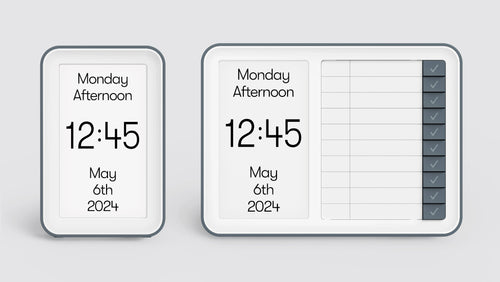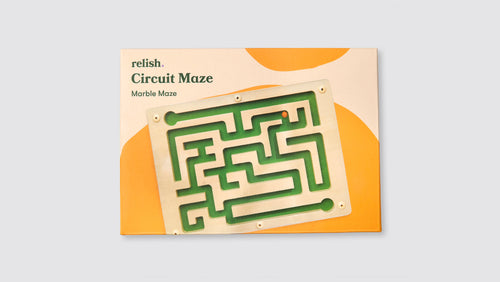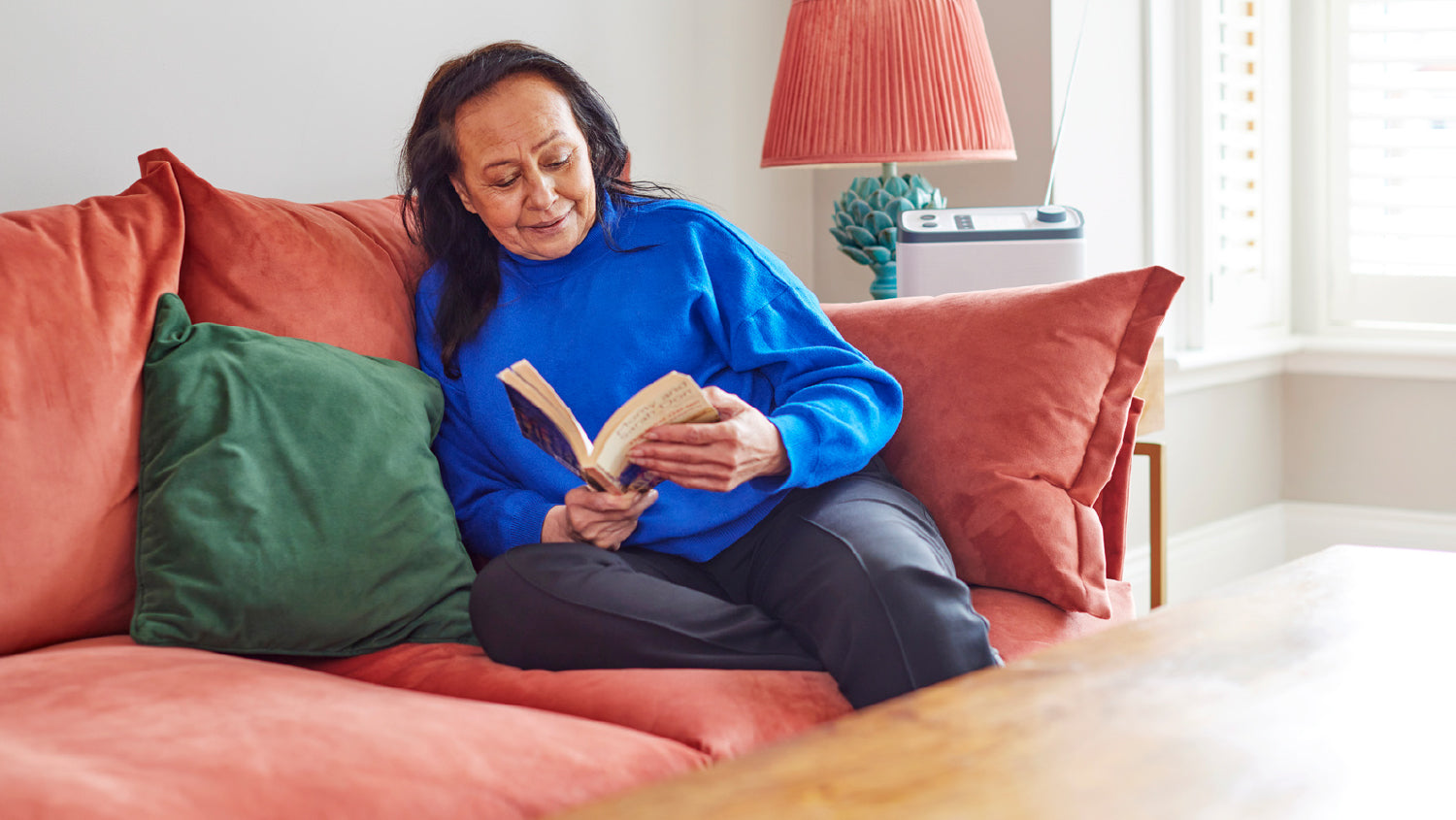Living with dementia can be highly stressful as the stages begin to progress, and the person living with dementia begins to get more frustrated as they are unable to do the things that used to come so easily, or they begin to notice memory lapses.
What Causes Agitation and Aggression?
People living with dementia can sometimes feel agitated or may act out of character, which can be upsetting for everyone involved. Sometimes what can cause this behaviour can be a range of things:
- Physical changes of the brain.
- Specific changes in their environment.
- Increased noise.
- Not being able to do something that used to be easy for them.
However, sometimes it can be unexplained, and they may not know why they feel that way.
Staying Calm
It can be helpful to take some time out to relax and destress. It can be incredibly beneficial for anyone living with dementia, allowing a moment to just breathe through the moments of anger or frustration. It will let the person find a moment of calm in the chaos of the emotions that they may be feeling at that moment. A soothing, calming atmosphere is helpful for the person with dementia and the carer. It can help to minimise confusion and help them to focus or rest. It is always helpful to start with the environment and daily routine. Noise levels, lighting, mirrors, clutter and even the colours and patterns used throughout the house must be looked at to ensure a calm environment for them to live in.
Dementia Calming Techniques
We have put together a list of practices that can help instil calm in everyday life.
Breathwork
Taking time to practice and focus on your breathing will help to reduce tension, shortness of breath and anxiety.
Encourage a person with dementia to take part in this breathing technique every morning, if possible, to begin their day feeling calm.
- To begin, sit straight with one hand on their chest and one on their stomach.
- Tell them to breathe in slowly to the count of 3 through their nose, feeling their stomach expand as they inhale.
- Then breathe out slowly through the mouth to the count of 5.
- Continue this relaxing breathing technique for about 3 minutes.
Yoga
Yoga not only focuses on the body but can also help to focus and still the mind. There are many yoga classes specifically for older people or people with dementia.
There are also chair yoga classes on YouTube that take you through a gentle, seated yoga class, step by step. Click here for a great sequence.
Mindfulness
Mindfulness is a simple technique that allows you to focus on the present. Be aware of what is around you, and what you can smell and taste to bring you back into your body and let your stress or anxiety dissipate.
This practice works well for people with dementia, as they may become distressed and agitated, thinking about what the future holds or worrying about the changes.
Try this simple practice with a loved one with dementia:
- Light a candle on the table.
- Focus on the flicker of the candle, the colour, the movement, and how it sits in the holder.
- Try not to let other thoughts enter your brain, but if they do, take a breath and let the thought go with your exhale.
- Practice this for 3 minutes.
- Then blow out the candle and notice the smell.
- Close your eyes and let the feeling of relaxation flow over your body.
You can also attend classes to practice mindfulness for people with dementia. Speak with your local support group or doctor that may be able to refer you to your closest class.
Visualisation Meditation
Visualisation meditation allows the person to focus on a place that makes them feel relaxed, where they can destress and release any tension or anxiety they may be feeling.
- Lie or sit down, whatever is most comfortable.
- Imagine a restful place; this could be a beach or a country field, a visual that provides a sense of relaxation.
- Ask them to imagine walking around this place; what do they see? What do they hear? What colours do they see? How are they feeling? Are they happy? Relaxed?
Once you have spent about 3 minutes on this guided visualisation, ask them to bring themselves back to the present room and slowly open their eyes. It can sometimes be quite nice to rub your hands together to create warmth that you can place over your eyes as you slowly open them. This technique should help a person feel relaxed, calm and serene.
We would love to hear your thoughts on how to maintain a sense of calm after diagnosis. Please get in touch so we can share your knowledge with our community!
















